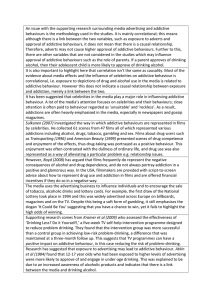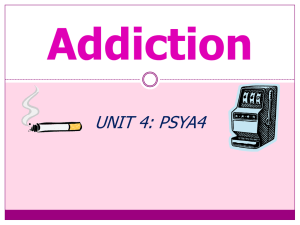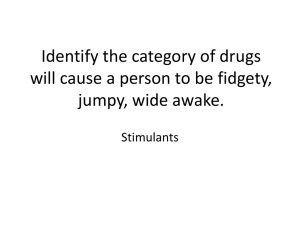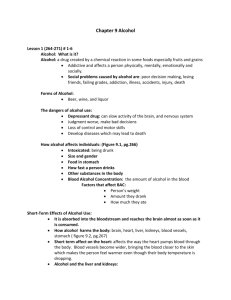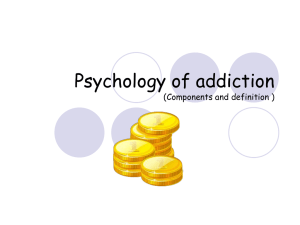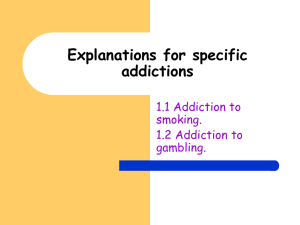essay in correct order
advertisement
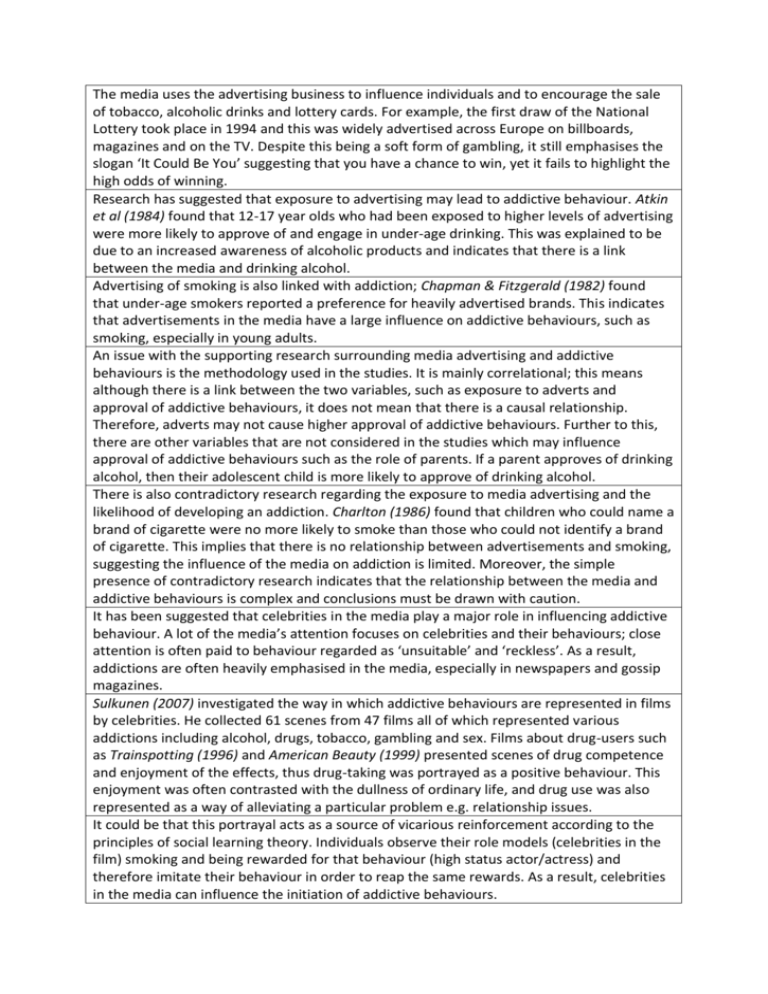
The media uses the advertising business to influence individuals and to encourage the sale of tobacco, alcoholic drinks and lottery cards. For example, the first draw of the National Lottery took place in 1994 and this was widely advertised across Europe on billboards, magazines and on the TV. Despite this being a soft form of gambling, it still emphasises the slogan ‘It Could Be You’ suggesting that you have a chance to win, yet it fails to highlight the high odds of winning. Research has suggested that exposure to advertising may lead to addictive behaviour. Atkin et al (1984) found that 12-17 year olds who had been exposed to higher levels of advertising were more likely to approve of and engage in under-age drinking. This was explained to be due to an increased awareness of alcoholic products and indicates that there is a link between the media and drinking alcohol. Advertising of smoking is also linked with addiction; Chapman & Fitzgerald (1982) found that under-age smokers reported a preference for heavily advertised brands. This indicates that advertisements in the media have a large influence on addictive behaviours, such as smoking, especially in young adults. An issue with the supporting research surrounding media advertising and addictive behaviours is the methodology used in the studies. It is mainly correlational; this means although there is a link between the two variables, such as exposure to adverts and approval of addictive behaviours, it does not mean that there is a causal relationship. Therefore, adverts may not cause higher approval of addictive behaviours. Further to this, there are other variables that are not considered in the studies which may influence approval of addictive behaviours such as the role of parents. If a parent approves of drinking alcohol, then their adolescent child is more likely to approve of drinking alcohol. There is also contradictory research regarding the exposure to media advertising and the likelihood of developing an addiction. Charlton (1986) found that children who could name a brand of cigarette were no more likely to smoke than those who could not identify a brand of cigarette. This implies that there is no relationship between advertisements and smoking, suggesting the influence of the media on addiction is limited. Moreover, the simple presence of contradictory research indicates that the relationship between the media and addictive behaviours is complex and conclusions must be drawn with caution. It has been suggested that celebrities in the media play a major role in influencing addictive behaviour. A lot of the media’s attention focuses on celebrities and their behaviours; close attention is often paid to behaviour regarded as ‘unsuitable’ and ‘reckless’. As a result, addictions are often heavily emphasised in the media, especially in newspapers and gossip magazines. Sulkunen (2007) investigated the way in which addictive behaviours are represented in films by celebrities. He collected 61 scenes from 47 films all of which represented various addictions including alcohol, drugs, tobacco, gambling and sex. Films about drug-users such as Trainspotting (1996) and American Beauty (1999) presented scenes of drug competence and enjoyment of the effects, thus drug-taking was portrayed as a positive behaviour. This enjoyment was often contrasted with the dullness of ordinary life, and drug use was also represented as a way of alleviating a particular problem e.g. relationship issues. It could be that this portrayal acts as a source of vicarious reinforcement according to the principles of social learning theory. Individuals observe their role models (celebrities in the film) smoking and being rewarded for that behaviour (high status actor/actress) and therefore imitate their behaviour in order to reap the same rewards. As a result, celebrities in the media can influence the initiation of addictive behaviours. There is more supporting evidence for the influence of celebrities on addiction and the role of social learning theory. Waylen et al (2011) examined 360 of the top US box office films released between 2001 and 2005, including those that depicted smoking (e.g. Bridget Jones’ Diary). They found that teenagers who watched films showing actors smoking were more likely to start smoking themselves, supporting the idea that the initiation of smoking can be influenced by vicarious reinforcement. However, Boyd (2008) has argued that films frequently do represent the negative consequences of alcohol and drug dependence, and do not always portray addiction in a positive and glamorous way. In the USA, filmmakers are provided with script-to-screen advice about how to represent drug use and addiction in films and are offered financial incentives if they do so in a negative way. In fact in the USA, the Office for Substance Abuse Protection (OSAP) has developed ethical guideline materials about drugs for film and television writers. These recommend that writers should communicate that all illegal drug use is ‘unhealthy and harmful for all persons,’ that addiction should be presented as a disease, and that abstinence is the ‘viable choice for everyone.’ It is also important to highlight here that correlation isn’t the same as causality. Most of the evidence about media effects and the influence of celebrities on addictive behaviour is correlational, i.e. exposure to depictions of drug and alcohol use in the media is related to addictive behaviour. However this does not indicate a causal relationship between exposure and addiction, merely a link between the two. Furthermore, research into the role of the media on addiction does not account for individual differences. Although it is apparent that the media may encourage individuals to begin an addictive behaviour and continue with this addiction, it could be argued that not all individuals become addicted due to media influences and therefore it cannot be the only factor involved in influencing addiction. It could be that it makes individuals with a genetic predisposition to addictive behaviours more vulnerable, i.e. the influence of the media could trigger the addiction to present itself. The influence of the media, such as the television and the internet, can also be used in a positive way to help promote interventions to addiction, offering support and education to individuals. For example, government campaigns can have a positive influence in informing individuals about the negative effects of addictive behaviours. Supporting research comes from Kramer et al (2009) who assessed the effectiveness of ‘Drinking Less? Do it Yourself!,’ a five-week TV self-help intervention programme designed to reduce problem drinking. They found that the intervention group was more successful than a control group in achieving low-risk problem-drinking, a difference that was maintained at a three-month follow up. This suggests that TV programmes can have a positive impact on addictive behaviour, in this case reducing the risk of problem-drinking. Hornik et al (2008) examined the effects of the National Anti-drug Media Campaign but found it failed to accomplish its goals. This suggests that the positive influence that the media can have on addictive behaviours is still developing, but this is promising in looking at building interventions for addiction.

